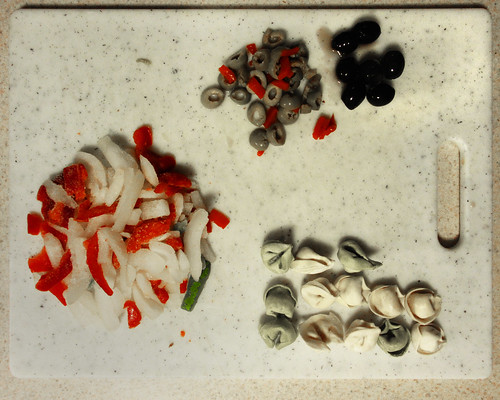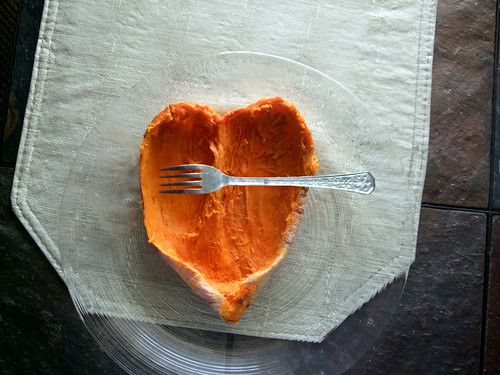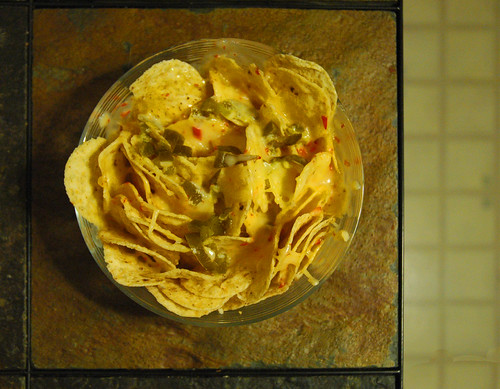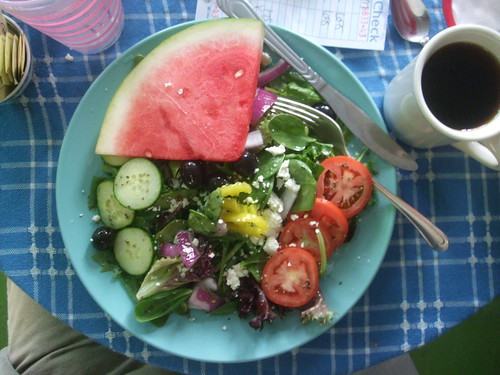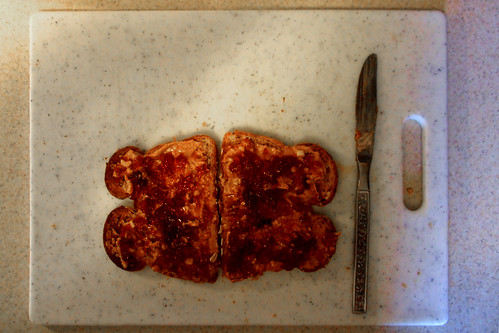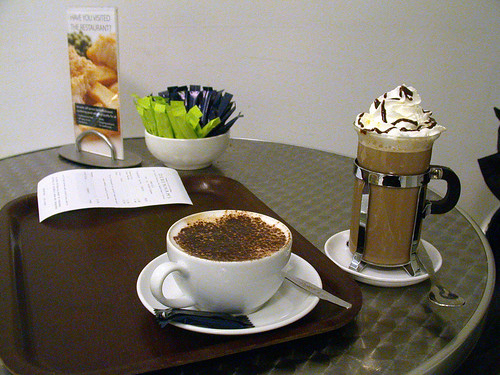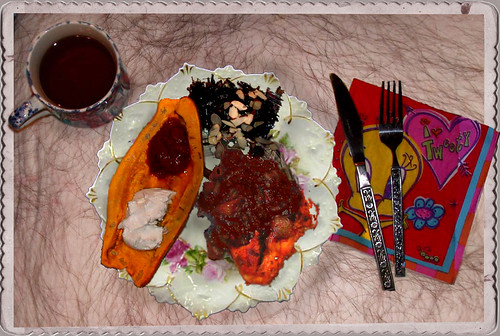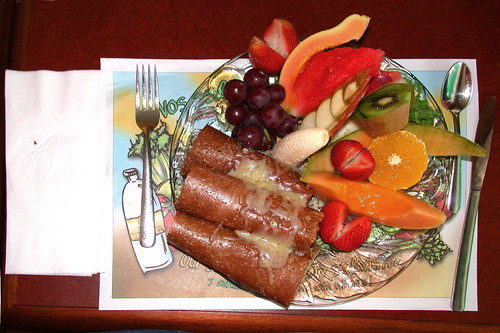Carson McCullers, who died this day, 29 September in 1967, aged 50, wrote a slew of novels in her short and difficult life. She was born on 19 February 1917. Her death came after years of ill-health: strokes, breast cancer, partial blindness, partial paralysis and depression.
Ms McCullers' novels are set in locations well-known to her: small towns in south-eastern USA. Her characters are drawn from society's outcasts and misfits. She lived part of her life in New York and Paris, well away from the suffocating atmosphere of The South, and and could count among her friends such literary luminaries as Truman Capote, W.H. Auden, Tennessee Williams. She and her husband, Reeves, were both bi-sexual, which unsurprisingly led to difficulties and divorce but a later re-marriage. Complexity upon complexity!
I have yet to read any of her novels, I bought the one pictured (left), written when the author was 23. It sat on my "to read" pile for some weeks. Having sampled it and declared it "very odd" I passed it on to my husband, a far more patient reader than I. My husband dutifully read it, pronounced it "rather strange" and passed it on to his eldest daughter. She read it. Her opinion was much the same.
A random quote from the book had initially attracted me
(here):
But say a man does know. He sees the world as it is and he looks back thousands of years to see how it all come about. He watches the slow agglutination of capital and power and he sees its pinnacle today. He sees America as a crazy house... He sees a whole damn army of unemployed and billions of dollars and thousands of miles of land wasted... He sees how when people suffer just so much they get mean and ugly and something dies in them. But the main thing he sees is that the whole system of the world is built on a lie. And although it's as plain as the shining sun—the don't-knows have lived with that lie so long they just can't see it.
One quote doesn't make a great novel though! Husband's son-in-law recalled that another of Carson McCullers' books had been on his high school reading list:
Ballad of the Sad Café. That has to speak to the respect held for her work. We had nothing as modern in our school reading lists in the UK. Dickens and Shakespeare were our "meat and potatoes", with perhaps a Bronte or Jane Austen for dessert.
Carson McCullers had to have been a strong character, given the obstacles she encountered during a relatively short life. A look at her natal chart, then, to discover if it highlights that. It is set for 12 noon in the absence of a birth time.
Born 19 February 1917 in Columbus, Georgia.

A cluster of planets in Aquarius, including the sign's modern ruler Uranus, connect to social awareness and a hankering after reform. Aquarius and Uranus - the two together - can often bring forth a misfit, rebel or an eccentric - or a prodigy/genius in some sphere.

McCullers' natal Sun is at 00 Pisces conjunct energetic and oft belligerent Mars; the conjunction sharpens some of Pisces dreamy mystical softness, adding a will of steel, something she surely needed to deal with her various physical afflictions.
Jupiter, planet of publication in helpful sextile aspect to Sun is a good alignment for a writer.
Moon, were she born before 9am, would have been in Capricorn, later than that, in early Aquarius. I'd wager it was in Aquarius, adding further to an oddball or misfit persona - her own (and perhaps that of characters in her novels.)

The early degrees are a feature in this chart: Neptune, Pluto, Jupiter, Mars, Sun, Mercury and possibly Moon all within the first 5 degrees of their signs. Early degrees belong to the first decan (a one-third slice) of a sign. First decan is always governed by the ruler of the sign itself, so these early degrees equate to a "pure", unmodified version of whichever sign is involved. The chain of early degree planets also leads to multiple aspects, both helpful and challenging, leading back to where we started: complexity upon complexity.
This post is a version of one posted in 2010, at which time a then regular commenter, Gian Paul who lived in Brazil, commented as follows:
"The whole system of the world is based on a lie"
Comes to mind:
Plato's Parable of the Cave (of course).
Maya of the Hindus.
All promises politicians and salesmen in general make, many religious leaders as well, mostly these are not deliberate lies. Who hands them out usually even believes them him/herself, or almost so. And that's why it's so treacherous for the "innocent believers".
Carson's natal horoscope indicates an extreme sensitivity held "in chains", i.e. 4 planets (Moon, Mercury, opposite Neptune and squaring Jupiter - in a perfect T-square. And all set in 3 fixed signs! Also, as if to increase her probably permanent state of tension, a big "void of planets" over 6 entire signs, and these exactly opposite Jupiter. Very complex indeed.
No wonder the Lady felt how she did and - if she had read Plato - must have felt "at home" herself in his legendary cave. If she had not heard of Plato, she for certain confirmed some 2500 years later the same, really tragic but probably true perception.
